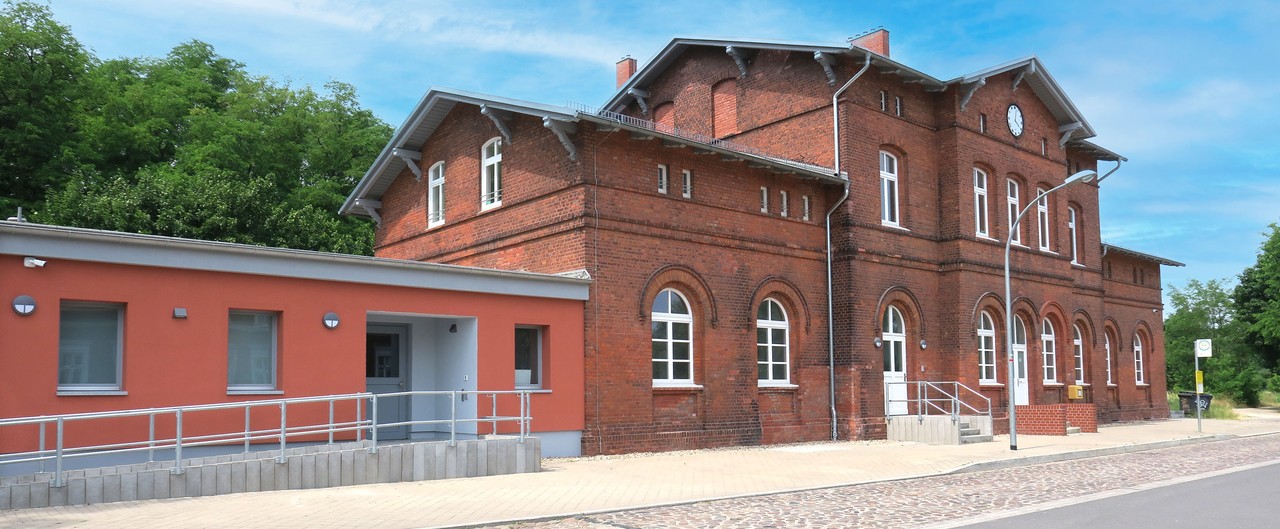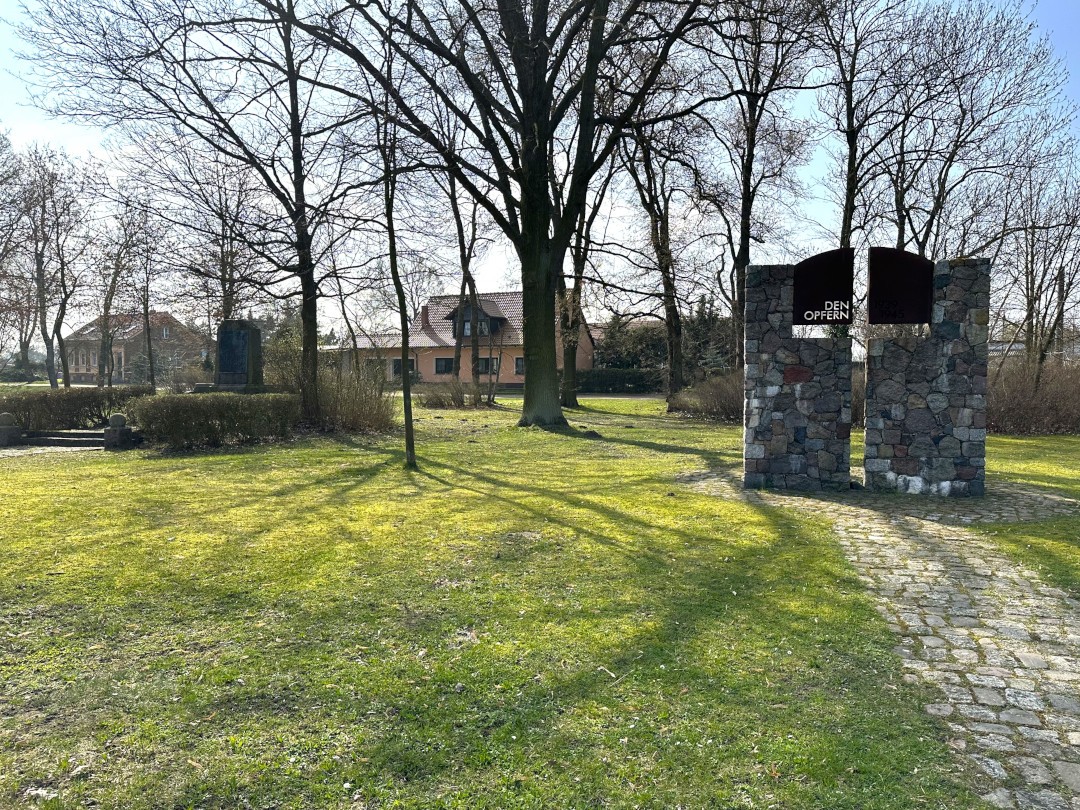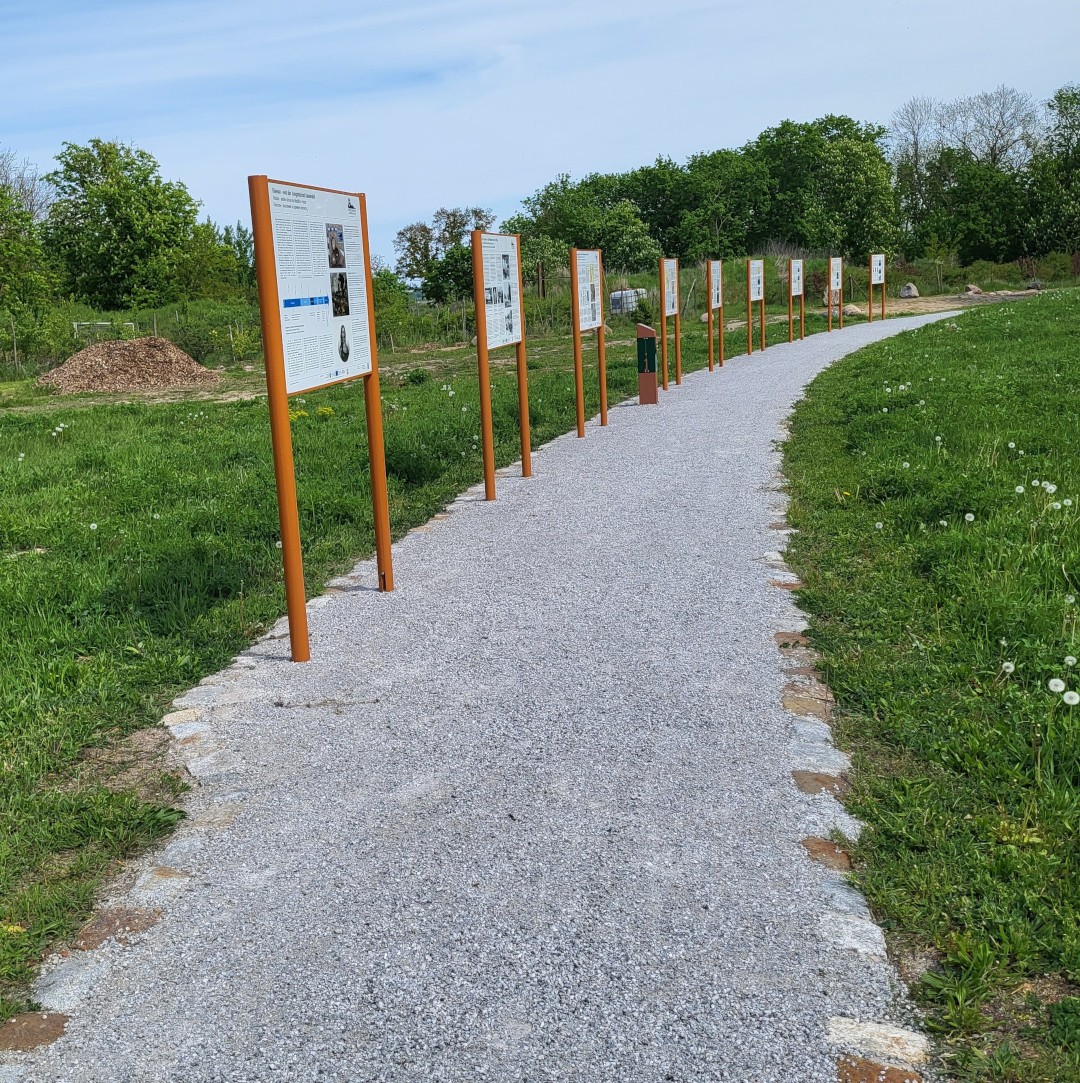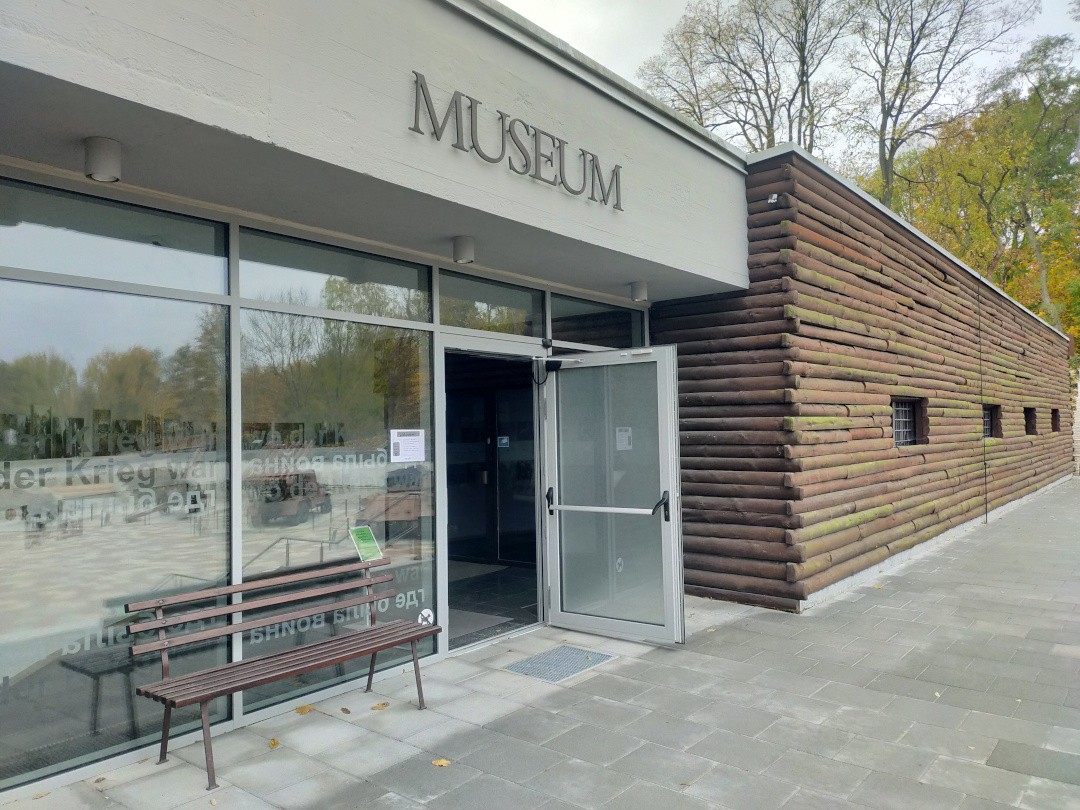At the end of the Second World War, the heaviest fighting in the Oder-Warta region left scars that are still visible today. Follow the cross-border history trail in the footsteps of the events of spring 1945.
In January 1945, the Soviet Army advanced from the east, making great territorial gains. To the complete surprise of the German population, a Soviet unit established the first bridgehead on the western side of the River Oder in Kienitz as early as 31 January 1945. On the same day, about 40km further south, another Soviet unit reached the prison in Sonnenburg (now Słońsk), former concentration camp, where 819 inmates had been tragically shot to death the night before.
The Red Army's main objective was the city of Küstrin (now Kostrzyn nad Odrą), with its historic fortifications and rail and road bridges over the rivers Oder and Warta, which led directly to Berlin. The German forces declared Küstrin a fortress once again and strengthened the defences. It took the Red Army 52 days of fighting and unprecedented bombardments to take the city, which was then completely destroyed.
The German forces had used this time to build a last line of defence on the terrain edge of the Oderbruch. On 16 April 1945, the Red Army launched its last major offensive in the direction of Berlin. In the battle of the Seelow Heights, tens of thousands of people lost their lives in just three days, and villages like Klessin were wiped off the map. Shortly afterwards, the Allied troops reached Berlin, and Nazi Germany capitulated on 8 May 1945 in Berlin-Karlshorst. Due to the western shift of Poland, former German towns such as Küstrin and Sonnenburg became Kostrzyn nad Odrą and Słońsk in present-day Poland.
The Oder-Warta 1945 History Trail follows these events at the border of Germany and Poland, connecting the key sites and stories of what happened here at the end of the Second World War. Discover this unique history through local museums and memorial sites along the trail.





